Page 57 of 248

CAUTION
● In cold temperatures and in winter, check before the trip or before switching
on the ignition that the wiper blades are not frozen. Switching on windscreen
wipers when the blades are frozen to the windscreen may result in damage both
to the blades and the motor of the windscreen wipers!
● If you switch off the ignition while the windscreen wipers are on, the wipers
will sweep in the same mode the next time the ignition is switched on. At low
temperatures, the wipers may freeze to the window between switching off the ig-
nition and the next time you switch the ignition on again.
● Carefully detach frozen wiper blades from the front or rear window.
● Remove snow and ice from the window wipers before driving. Note
● If the slower 2 or the faster
3 wiper setting is switched on
⇒ fig. 37 and the
vehicle speed decreases to below 4 km/h, the lower wiper step is switched on au-
tomatically. At a speed increase of more than 8 km/h the previous wiper setting is
established again.
● If there is an obstacle on the windscreen, the wiper will try to push away the
obstacle. If the obstacle continues to block the wiper, the wiper stops automati-
cally after 5 attempts to eliminate the obstacle, in order to avoid a damage to the
wiper. Remove the obstacle and and switch on the wiper again.
● The windscreen washer nozzles for the windscreen are heated when the en-
gine is running and the outside temperature is less than +10
°C.
● The content of the windscreen wiper reservoir is 3 litres. On vehicles which are
equipped with a headlight cleaning system, the content of the reservoir is 5.5
li-
tres. On vehicles fitted with auxiliary heating, the content of the windscreen wiper
reservoir is 4.5 litres.
Automatic rear window wiper (Estate car) If the windshield wiper is in positions
2
⇒ fig. 37 or 3 the rear view window is
wiped every 30/10 seconds if the vehicle's speed exceeds 5 km/h.
When the rain sensor is active (the lever is in the position 1 ) the function is only
active if the front window wipers continue to operate (no break between each
wiping process). Activation/deactivation
The function of the automatic rear window wiper is activated/deactivated in the
information display in the menu:
■ Settings
■ Lights & Vision
■ Rear wiper Note
The function of the automatic rear window wiper is only valid for Estate car vehi-
cles which are equipped with an information display. The function is activated in
the factory.
Headlight cleaning system The headlights are being cleaned after the windscreen has been sprayed for the
first time and fifth time, the low beam or main beam are switched on and the
windscreen wiper lever was held in the position 5
⇒ fig. 37 for about 1 second.
The headlight washer nozzles are moved forward out of the bumper by the water
pressure for cleaning the headlights.
You should remove stubborn dirt (such as insect residues) from the headlight len-
ses at regular intervals, for example when refuelling. Please refer to the following
guidelines ⇒
page 172, The headlight lenses.
You should remove any snow from the fixtures of the washer nozzles and clear ice
in winter with a de-icing spray in order to ensure proper operation of the cleaning
system. CAUTION
Never remove the nozzles from the headlamp cleaning system by hand - risk of
damage! 55
Lights and Visibility Using the system Safety Driving Tips General Maintenance Breakdown assistance Technical data
Page 58 of 248

Replacing wiper blades for the windscreen wipers
Fig. 38 Wiper blade for the windscreen
wiper
One cannot fold out the wiper arms in the rest position from the windscreen. Be-
fore replacing the wiper arms you must put them into the service position.
Service position for changing wiper blades
– Close the bonnet.
– Switch the ignition on and then again off.
– Then press the windscreen wiper lever in the position 4
⇒ fig. 37 within
20 seconds – the wiper arms move into the service position.
Removing the wiper blade
– Fold windscreen wiper arm out from the windscreen and position the wiper
blade at right angles to the wiper arm ⇒
.
– Take off the wiper blade in direction of arrow ⇒ fig. 38 ⇒ .
Attaching the wiper blade
– Push the new wiper blade over the wiper arm and turn the wiper blade into
the vertical position.
– Check whether the wiper blade is correctly attached.
– Fold the windscreen wiper arms onto the window and switch on the ignition.
By pressing the window wiper lever into the sprung position 4
⇒ fig. 38 or
when driving at a speed greater than 4
km/h, the windscreen wiper arms move
back into the rest position.
Windscreen wiper blades in proper condition are essential to obtain good visibility.
Wiper blades should not be allowed to become dirtied by dust, insect remains and
preserving wax. Juddering or smearing of the wiper blades could then be due to wax residues left
on the windscreen by vehicle washing in automatic vehicle wash systems. It is
therefore important to degrease the lips of the windscreen wiper blades after ev-
ery pass through an automatic vehicle wash system . WARNING
● The ignition must not be switched on if the front windscreen wiper arms
are folded out. The wiper blades would move back into their rest position and
while doing so damage the paintwork of the bonnet.
● If the windscreen wipers are handled carelessly, there is a risk of damage
to the windscreen.
● You should clean the wiper blades regularly with a windscreen cleaner in
order to avoid any smears. Clean a wiper blade with a sponge or cloth if it is
very dirty, for example from insect residues.
● Replace the windscreen wiper blades once or twice a year for safety rea-
sons. These can be bought from an authorised
ŠKODA Service Partner.
Replacing the wiper blade on the rear window wiper Fig. 39 Wiper blade for the rear window
Removing the wiper blade
– Fold windscreen wiper arm out from the windscreen and position the wiper
blade at right angles to the wiper arm ⇒
fig. 39.
– Hold the window wiper arm at the top end with one hand.
– With the other hand unlock the locking button A in the direction of arrow and
remove the wiper blade. £56
Lights and Visibility
Page 59 of 248

Attaching the wiper blade
–
Position the wiper blade onto the wiper arm and lock the locking button A .
– Check whether the wiper blade is correctly attached.
– Fold the windscreen wiper arm back onto the windscreen.
The same remarks apply here as for ⇒ page 56
.
Rear-view mirror Manual dimming interior rear-view mirror Basic setting
–
Pull the lever on the bottom edge of the mirror forward.
Dimming mirror
– Pull the lever on the bottom edge of the mirror back.
Automatic dimming interior mirror Fig. 40 Automatic dimming interior mir-
ror
Switching on the automatic dimming
– Press the button B
⇒ fig. 40 , the warning light A lights up.
Switching off the automatic dimming
– Press again the button B - the warning light goes out
A .If the automatic dimming is switched on, the mirror dims
automatically depending
on the light striking the mirror from the rear. The mirror has no lever on the bot-
tom edge of the mirror. After the reverse gear is engaged, the mirror always
moves back into the normal position.
Do not attach external navigation devices on the windscreen or in the vicinity of
the automatic dimming interior mirror ⇒
.
WARNING
The display lighting of the external navigation device may cause malfunction
of the automatic dimming interior mirror – risk of accident. Note
● Automatic mirror dimming operates only properly if the sun screen for the rear
window in the housing on the luggage compartment cover is not in use or the
light striking the interior rear-view mirror is not affected by other objects.
● Do not affix any stickers in front of the light sensor, so that you do not impair
the automatic dimming function or put it out of operation.
● If you switch off the automatic dimming interior rear-view mirror, also the ex-
terior mirror dimming is switched off.
Exterior mirror You can adjust the exterior mirrors electrically.
Fig. 41 Inner part of door: Rotary knob
Adjust the rear mirror before commencing to drive so that there is a clear view to
the rear. £ 57
Lights and Visibility Using the system Safety Driving Tips General Maintenance Breakdown assistance Technical data
Page 60 of 248

Heating of the external mirror
–
Turn the rotary knob to position ⇒ fig. 41.
The exterior mirror heater only operates when the engine is running and up to an
outside temperature of +20 °C.
Adjusting left and right exterior mirrors simultaneously
– Turn the rotary knob to position . The movement of the mirror surface is iden-
tical to the movement of the rotary knob.
The adjustment of both mirrors simultaneously or each individual mirror is possi-
ble in the Information display ⇒
page 19 in the menu point Mirror adjust. (Mirror
adjust.).
Adjusting the right-hand exterior mirror
– Turn the rotary knob to position . The movement of the mirror surface is iden-
tical to the movement of the rotary knob.
Switching off operating control
– Turn the rotary knob to position .
Folding in both exterior mirrors
– Turn the rotary knob to position .
Fold in the exterior mirrors using the remote control key
– If all the windows are closed, press the unlock button 3 on the radio remote
control ⇒ fig. 18 for approx. 2 seconds.
Tilting surface of front passenger exterior mirror
On vehicles fitted with a memory for the driver seat, the surface of the mirror tilts
down slightly when the rear gear is engaged and the rotary knob is in the posi-
tion ⇒ fig. 41 . This provides an aid in seeing the kerb of the pavement when park-
ing the car.
The mirror returns into its initial position, after the rotary knob is moved out of the
position and put into another position or if the speed is more than 15 km/h.
Memory for exterior mirrors
On vehicles fitted with a memory for the driver seat, the relevant setting of the
exterior mirror is also stored automatically when the seat position is stored
⇒ page 61. WARNING
● Convex (curved outward) or a spherical exterior mirrors increase the vision
field. They do, however, make objects appear smaller in the mirror. These mir-
rors are only of limited use, therefore, for estimating distances to the follow-
ing vehicles.
● Use whenever possible the interior rear mirror, for estimating the distan-
ces to the following vehicles. Note
● If the exterior mirrors are folded in using the remote control of the vehicle key,
these are folded back into the driving position after opening the door or switching
on the ignition.
● If the exterior mirrors are folded in using the rotary knob ⇒
fig. 41, they can on-
ly be folded back into the driving position using the rotary knob.
● If the exterior mirrors were folded in using the remote control of the vehicle
key and if the rotary knob was in the fold-in position before switching on the igni-
tion, the mirrors remain in the fold-in position the next time the ignition is switch-
ed on. Folding back into the driving position is performed by actuating the rotary
knob in a different position from the fold-in position.
● Do not touch the surfaces of the exterior mirrors if the exterior mirror heater is
switched on.
● You can set the exterior mirrors by hand, if the power setting function fails at
any time, by pressing on the edge of the mirror surface.
● Contact your specialist garage if a fault exists with the power setting of the
exterior mirrors.
Automatic dimming exterior mirror on the driver's side The exterior mirror on the driver's side is dimmed together with the interior mirror.
If the automatic dimming is switched on, the mirror dims automatically depending
on the light striking the mirror from the rear.
After the reverse gear is engaged, the mirror always moves back into the normal
(not dimmed) position. £58
Lights and Visibility
Page 61 of 248
Note
● Automatic mirror dimming operates only properly if the sun screen for the rear
window is not in use or the light striking the rear of the interior rear-view mirror is
not affected by other objects.
● Do not affix any stickers in front of the light sensor, so that you do not impair
the automatic dimming function or put it out of operation.
● If you switch off the automatic dimming interior rear-view mirror, also the ex-
terior mirror dimming is switched off. 59
Lights and Visibility Using the system Safety Driving Tips General Maintenance Breakdown assistance Technical data
Page 62 of 248

Seats and Stowage
Front seats
Basic information The front seats have a wide range of different settings and can thus be matched
to the physical characteristics of the driver and front passenger.
Correct adjustment of the seats is particularly important for:
● safely and quickly reaching the controls,
● a relaxed, fatigue-free body position,
● achieving the maximum protection offered by the seat belts and the airbag
system. WARNING
● Never transport more occupants than the maximum seating in the vehicle.
● Each occupant must correctly fasten the seat belt belonging to the seat.
Children must be fastened ⇒
page 147, Transporting children safely with a
suitable restraint system.
● The front seats and the head restraints must always be adjusted to match
the body size of the seat occupant as well as the seat belts must always be
correctly fastened in order to provide an optimal protection for you and your
occupants.
● Always keep your feet in the footwell when the car is being driven - never
place your feet on the instrument panel, out of the window or on the surfaces
of the seats. This is particularly important for the front seat passenger. You
will be exposed to increased risk of injury if it becomes necessary to apply the
brake or in the event of an accident. If an airbag is deployed, you may suffer
fatal injuries when adopting an incorrect seated position!
● It is important for the driver and front passenger to maintain a distance of
at least 25 cm from the steering wheel or dash panel. Not maintaining this
minimum distance will mean that the airbag system will not be able to proper-
ly protect you - hazard! The front seats and the head restraints must always
also be correctly adjusted to match the body size of the occupant. WARNING (Continued)
● Ensure that there are no objects in the footwell as any objects may get be-
hind the pedals during a driving or braking manoeuvre. You would then no
longer be able to operate the clutch, to brake or accelerate.
● Do not transport any objects on the front passenger seat except objects
(e.g. child safety seat) provided for this purpose - risk of accident!
Adjusting the front seats Fig. 42 Controls at seat
Adjusting a seat in a forward/back direction
– Pull the lever 1
⇒
fig. 42 up and push the seat into the desired position.
– Release the lever 1 and push the seat further until the lock is heard to en-
gage.
Adjusting height of seat
– Lift the seat if required by pulling or pumping lever 2 upwards.
– Lower the seat if required by pushing or pumping lever 2 downwards.
Adjust the angle of the seat backrest
– Relieve any pressure on the seat backrest (do not lean on it) and turn the
handwheel 3 to adjust the angle of the backrest.
Adjusting lumbar support
– Turn the wheel 4 until you have set the most comfortable curvature of the
seat upholstery in the area of your spine. £60
Seats and Stowage
Page 63 of 248

The driver's seat should be adjusted in such a way that the pedals can be fully
pressed to the floor with slightly bent legs.
The seat backrest on the driver's seat should be adjusted in such a way that the
upper point of the steering wheel can be easily reached with slightly bent arms.
WARNING
● Only adjust the driver seat when the vehicle is stationary - risk of injury!
● Take care when adjusting the seat! Adjusting the seat without care can
lead to bruises or injuries.
● The seat backrests must not be angled too far back when driving other-
wise this will affect proper operation of the seat belts and of the airbag sys-
tem - risk of injury!
Adjusting front seats electrically
Adjusting seats Fig. 43 Side view: Controls for adjusting the seat/seat setting switch
Adopt the correct seated position before setting ⇒ page 60
.
Adjusting a seat in a forward/back direction
– Press the switch A
⇒
fig. 43 forwards or backwards 1 .
Set the height of the seat cushion
– Press the switch A upwards or downwards. Adjust the angle of the seat cushion
–
Press the switch A at the front in the direction of arrow
2 or at the back in
the direction of arrow 3 .
Adjusting the seat backrest
– Press the switch B in the direction of the desired setting.
Adjusting lumbar support
– Press the switch C at the front in order to enlarge the curvature of the lum-
bar support.
– Press the switch C rear in order to reduce the curvature of the lumbar sup-
port.
– Press the switch C top in order to adjust the curvature of the lumbar support
higher.
– Press the switch C bottom in order to adjust the curvature of the lumbar sup-
port lower.
Switch A is operated in order to move the seat up/down and forward/back, while
switch B is operated in order to move the seat backrest forward or back.
WARNING
● Only adjust the driver seat when the vehicle is stationary - risk of injury!
● Caution when adjusting the seat! You may suffer injuries or bruises as a re-
sult of adjusting the seat without paying proper attention.
● In view of the fact that the seats can also be adjusted when the ignition is
switched off (even when ignition key withdrawn), you should never leave chil-
dren unattended in the car.
● The seat backrests must not be angled too far back when driving other-
wise this will affect proper operation of the seat belts and of the airbag sys-
tem - risk of injury! Note
If the movement of the seat is inadvertently interrupted during an adjustment,
once again press the switch in the appropriate direction and continue with the ad-
justment of the seat to the end. 61
Seats and Stowage Using the system Safety Driving Tips General Maintenance Breakdown assistance Technical data
Page 64 of 248

Storing setting
Fig. 44 Driver seat: Memory buttons
and SET button
Storing seat and exterior mirror settings for driving forward
– Switch on the ignition.
– Adjust the seat ⇒ page 61.
– Adjust both exterior mirrors ⇒
page 57.
– Press button SET A
⇒ fig. 44 .
– Press one of the memory buttons B within 10 seconds after pressing the but-
ton SET - an acknowledgement signal confirms that the seat setting is stored..
Storing exterior mirror setting for reversing
– Switch on the ignition.
– Turn the exterior mirror control to position ⇒
page 57.
– Engage reverse gear.
– Move the right exterior mirror into the desired position ⇒
page 57.
– Take the vehicle out of gear. The set position of the exterior mirror is stored.
Station keys
Memory for the seat offers the possibility to store the individual driver seat and
external mirror position. An individual position can be allocated to each of the
three memory buttons B
⇒ fig. 44 , that is three in total. After pressing the corre-
sponding memory button B , the seat and the exterior mirror are automatically
moved into the positions which have been allocated to this button ⇒
page 62. Emergency Off
You can interrupt the setting operation at any time, if you operate any button of
the driver seat. Note
● When storing settings with the memory buttons, we recommend that you be-
gin with the front button and assign a memory button to each additional driver.
● Each new setting stored with the same button erases the previous setting.
● Each time you store the seat and exterior mirror settings for driving forward
you also have to re-store the individual setting of the exterior mirror on the pas-
senger side for reversing.
Assigning the remote control key to the memory buttons After storing the settings of the seat and exterior mirrors, you have 10 seconds in
order to assign the remote control to the appropriate memory button.
– Withdraw the ignition key.
– Press the unlock button ⇒
page 36, after the successful assignment an audible
signal will sound. The setting is stored with the memory button which you
have selected.
If you wish to be able to retrieve the settings which are stored in the memory by
also using the remote control, you have to assign the remote control to a memory
button in each case.
If you wish, you can obtain an additional remote control key from an authorised
ŠKODA Service partner and then assign the remote control key to another memo-
ry button. Note
● If the remote control had previously been assigned to another memory button,
this setting is then erased by the new assignment.
● If you assign the remote control to a memory button which has already been
assigned to a remote control, the old assignment is also replaced by a new assign-
ment in this case. £62
Seats and Stowage
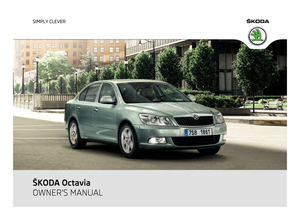 1
1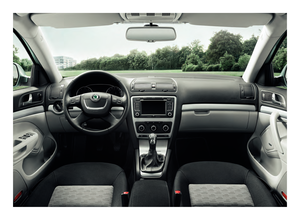 2
2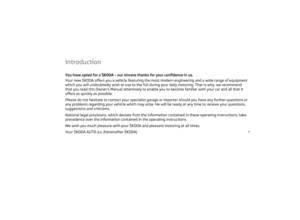 3
3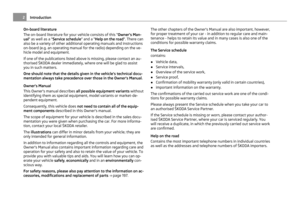 4
4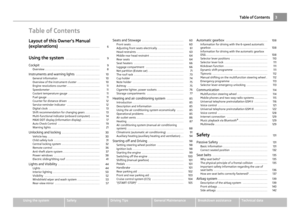 5
5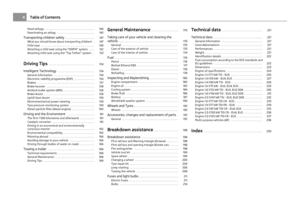 6
6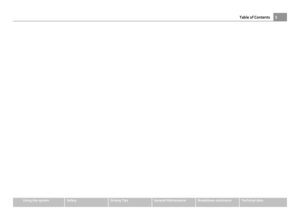 7
7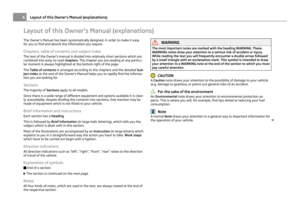 8
8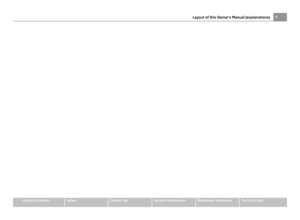 9
9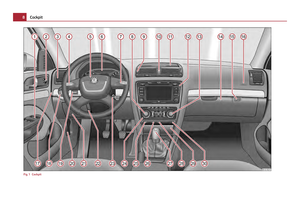 10
10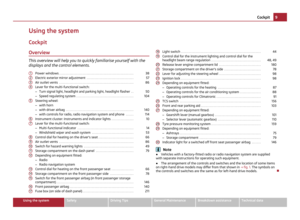 11
11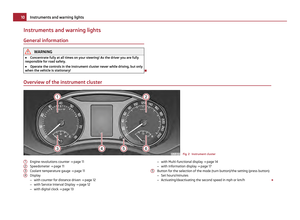 12
12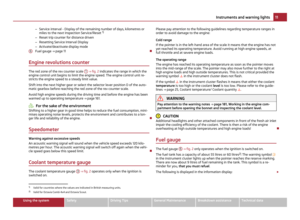 13
13 14
14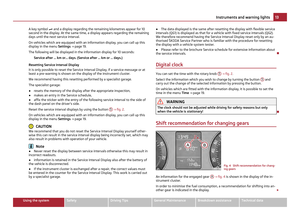 15
15 16
16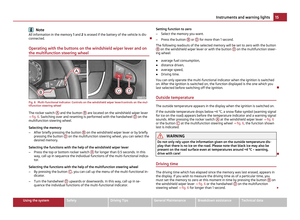 17
17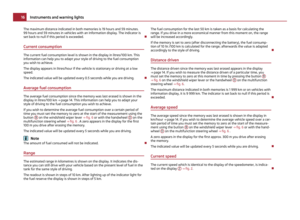 18
18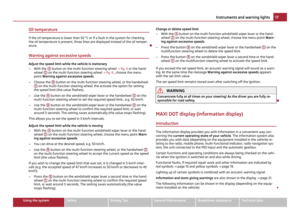 19
19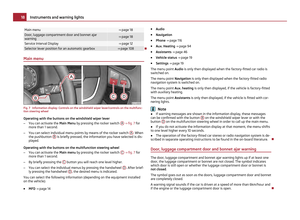 20
20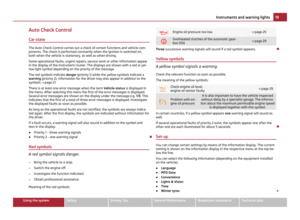 21
21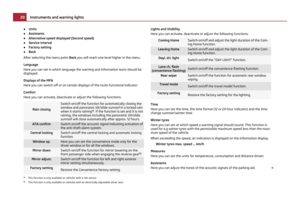 22
22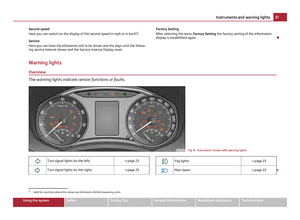 23
23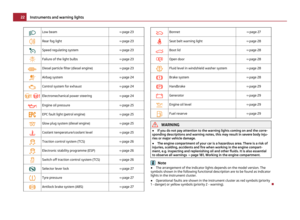 24
24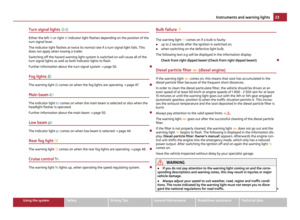 25
25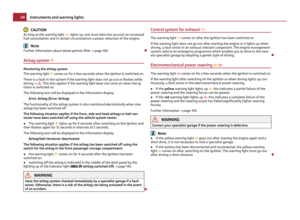 26
26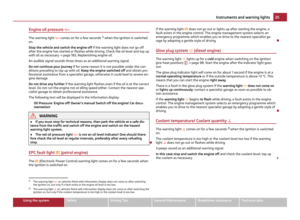 27
27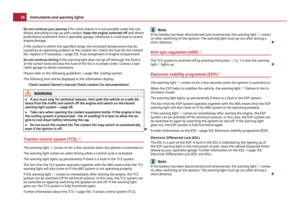 28
28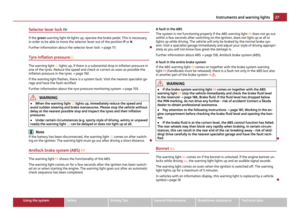 29
29 30
30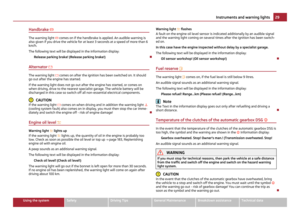 31
31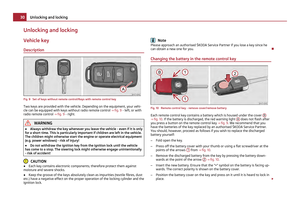 32
32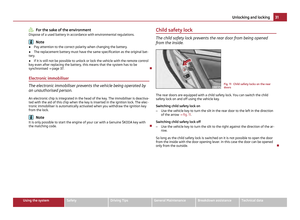 33
33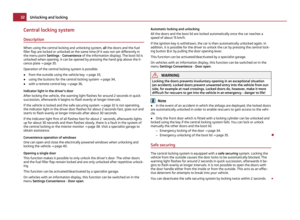 34
34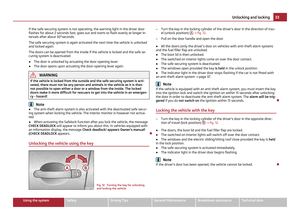 35
35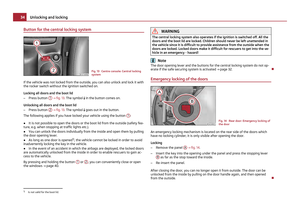 36
36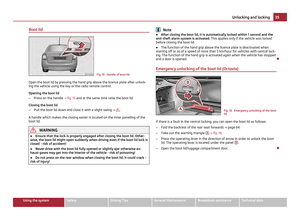 37
37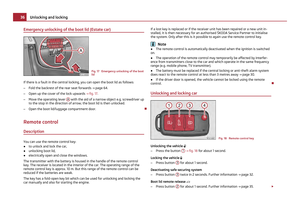 38
38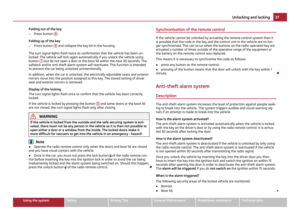 39
39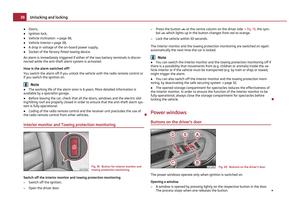 40
40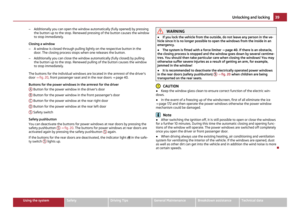 41
41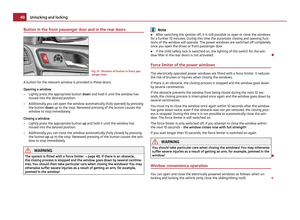 42
42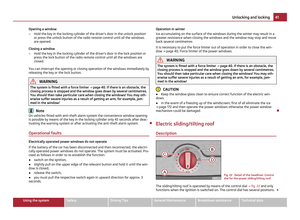 43
43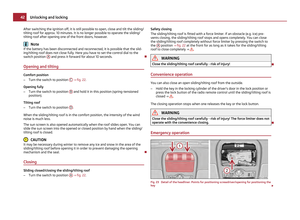 44
44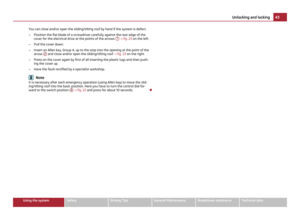 45
45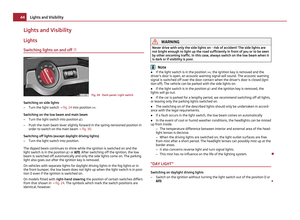 46
46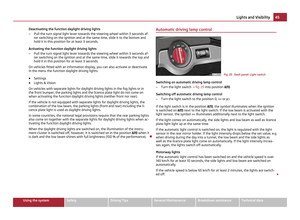 47
47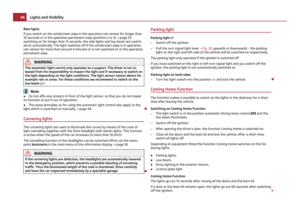 48
48 49
49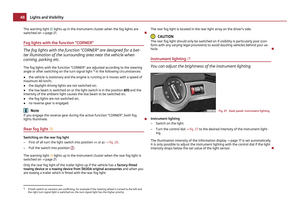 50
50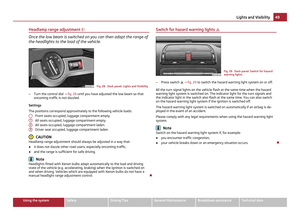 51
51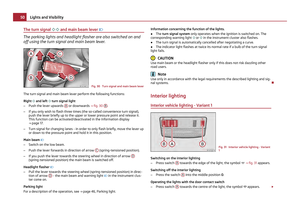 52
52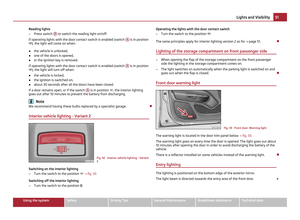 53
53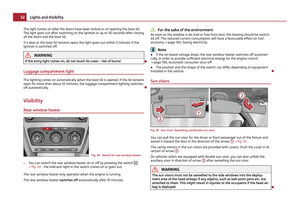 54
54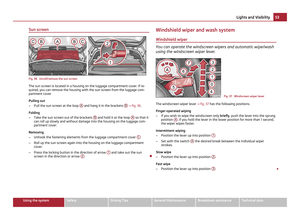 55
55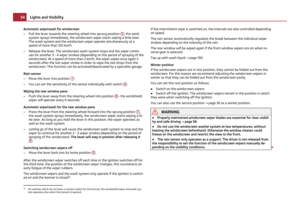 56
56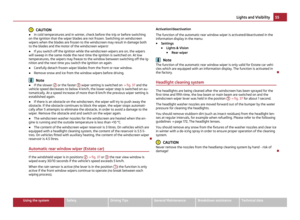 57
57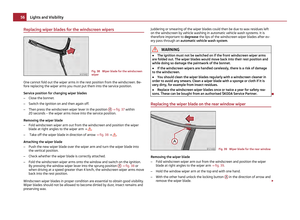 58
58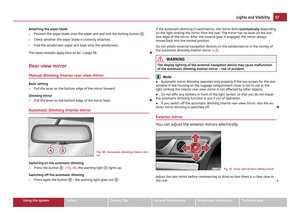 59
59 60
60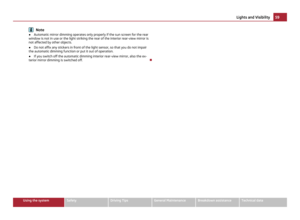 61
61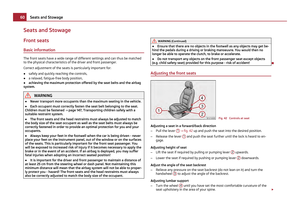 62
62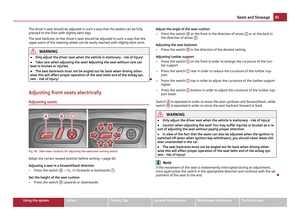 63
63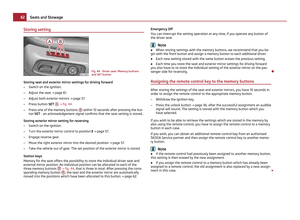 64
64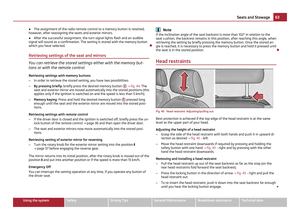 65
65 66
66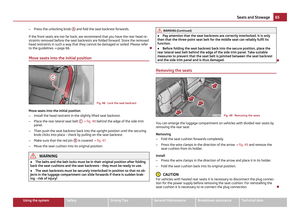 67
67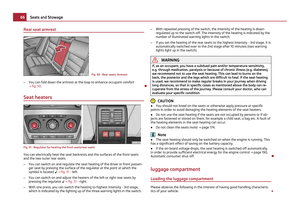 68
68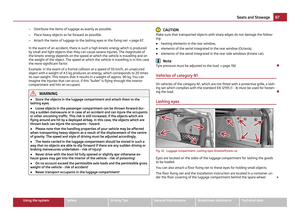 69
69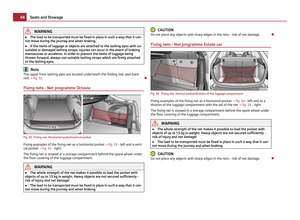 70
70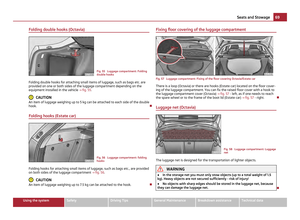 71
71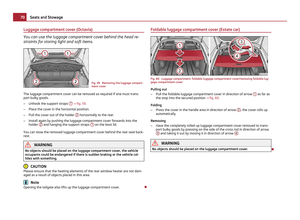 72
72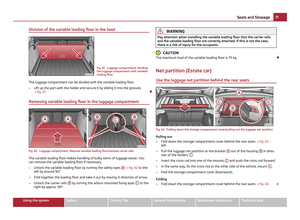 73
73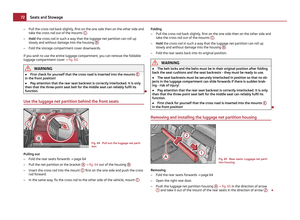 74
74 75
75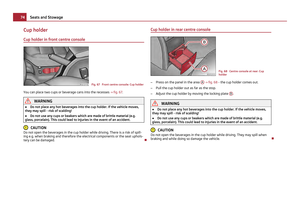 76
76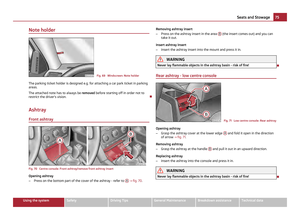 77
77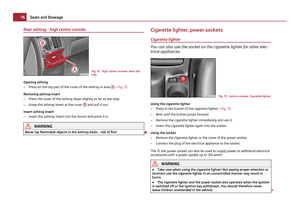 78
78 79
79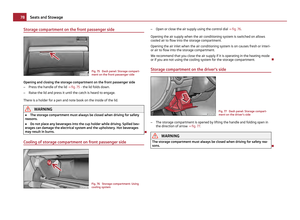 80
80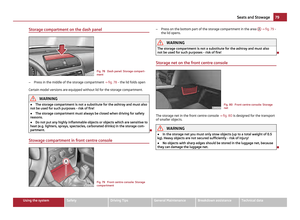 81
81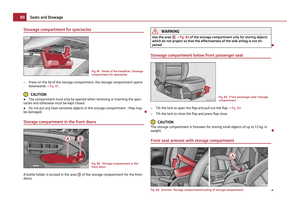 82
82 83
83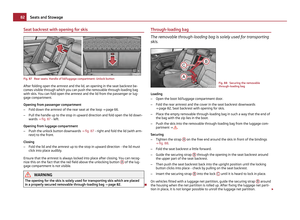 84
84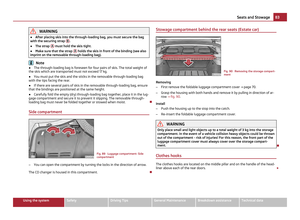 85
85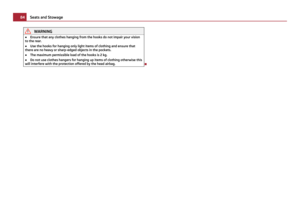 86
86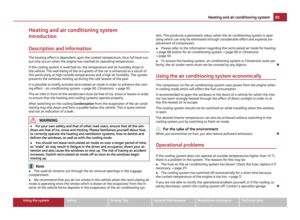 87
87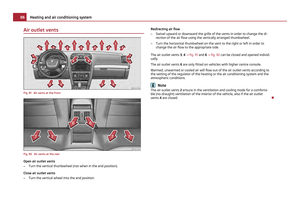 88
88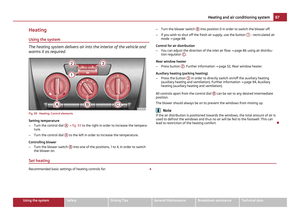 89
89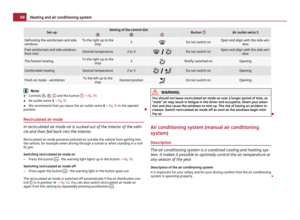 90
90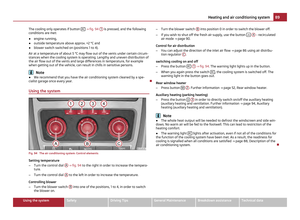 91
91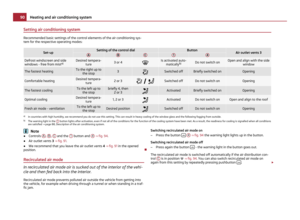 92
92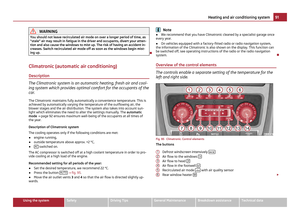 93
93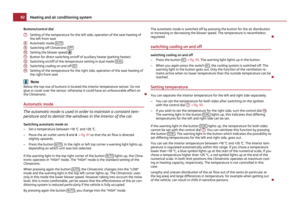 94
94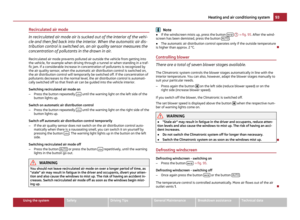 95
95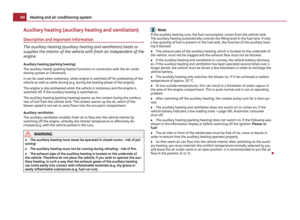 96
96 97
97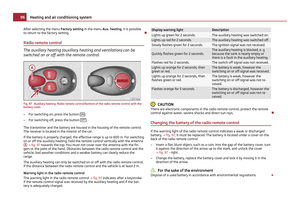 98
98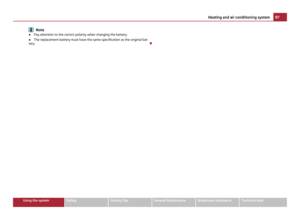 99
99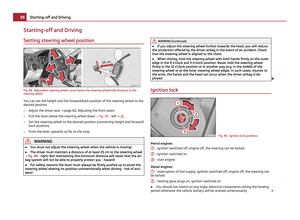 100
100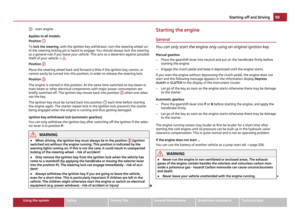 101
101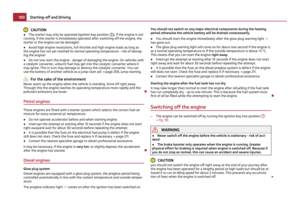 102
102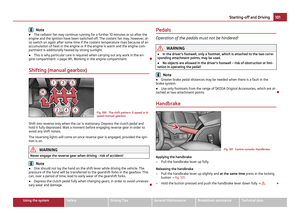 103
103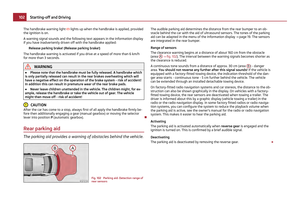 104
104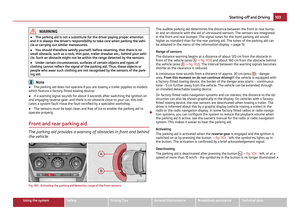 105
105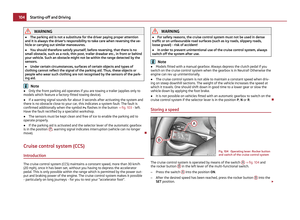 106
106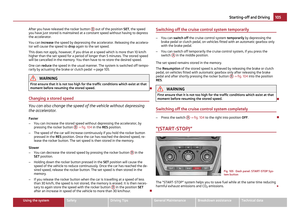 107
107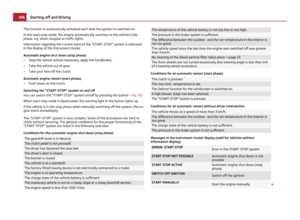 108
108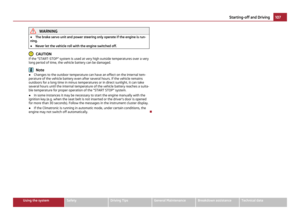 109
109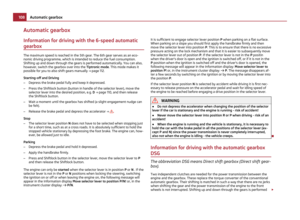 110
110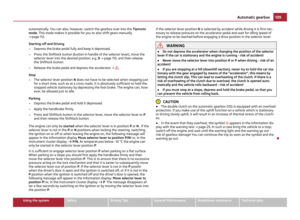 111
111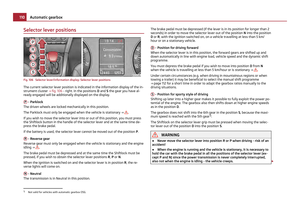 112
112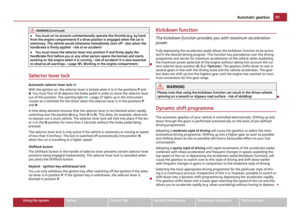 113
113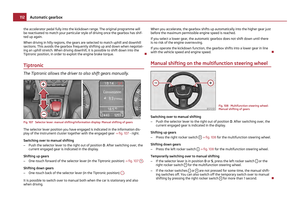 114
114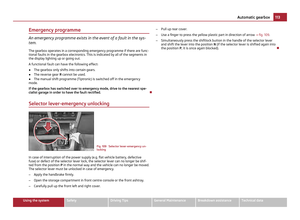 115
115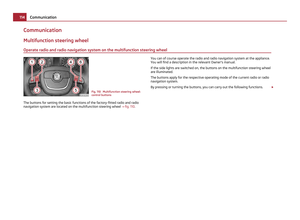 116
116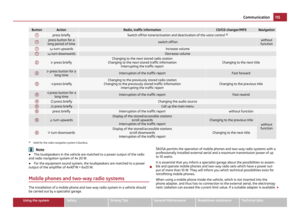 117
117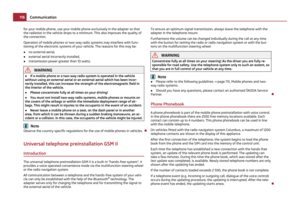 118
118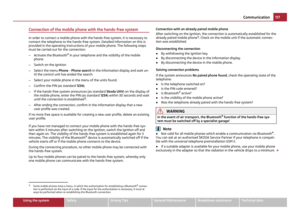 119
119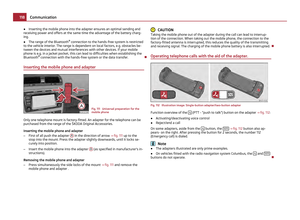 120
120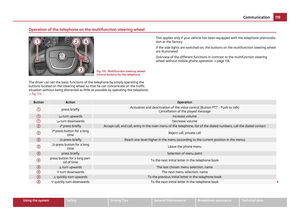 121
121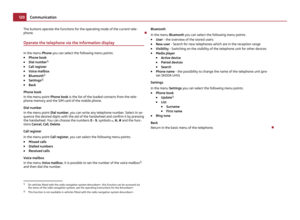 122
122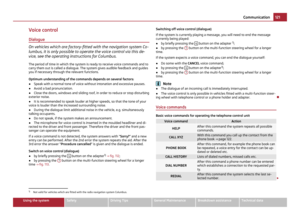 123
123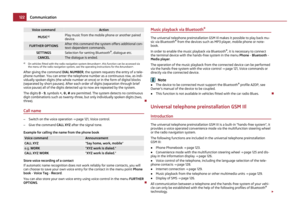 124
124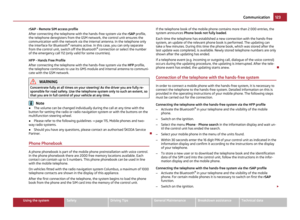 125
125 126
126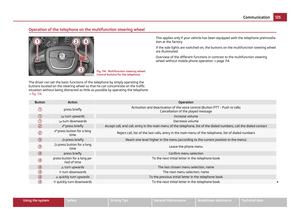 127
127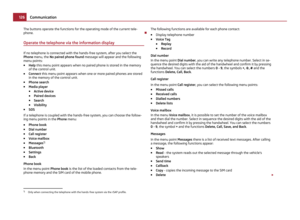 128
128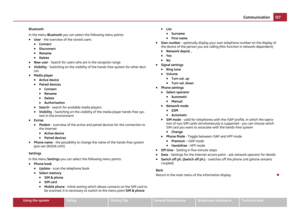 129
129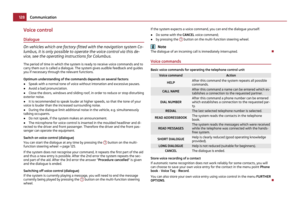 130
130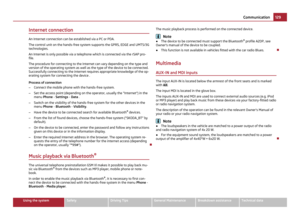 131
131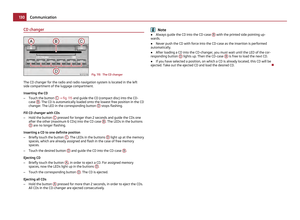 132
132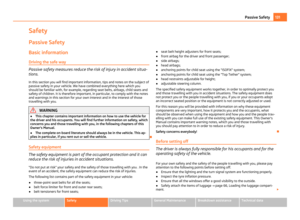 133
133 134
134 135
135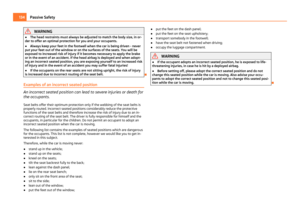 136
136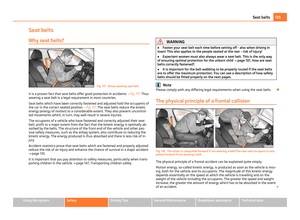 137
137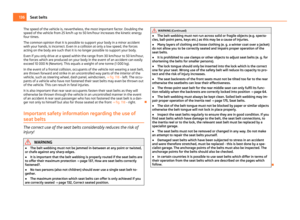 138
138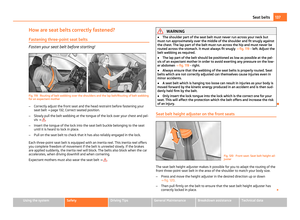 139
139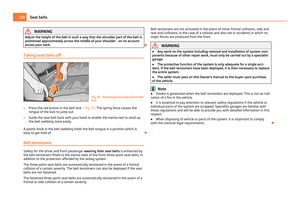 140
140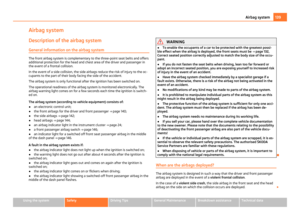 141
141 142
142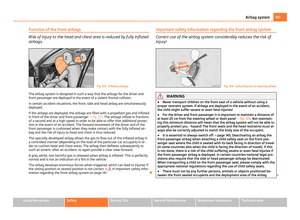 143
143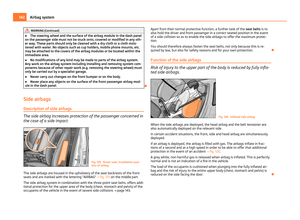 144
144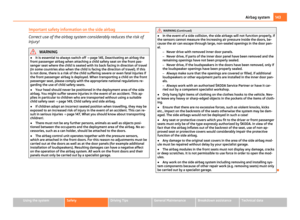 145
145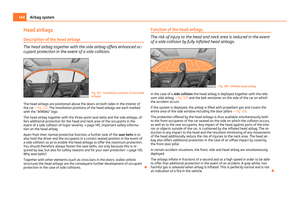 146
146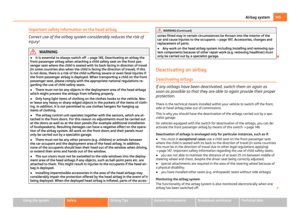 147
147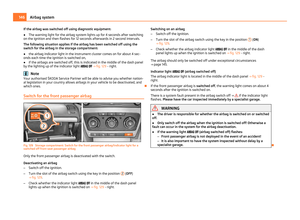 148
148 149
149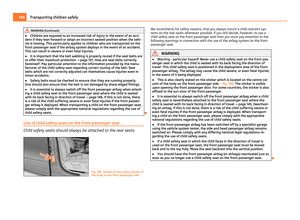 150
150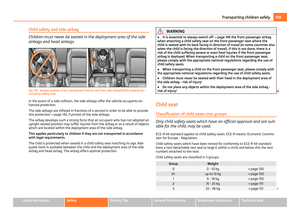 151
151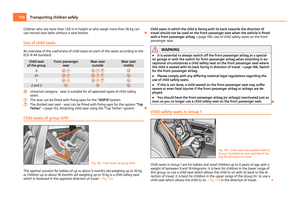 152
152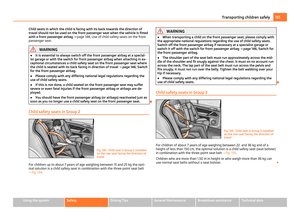 153
153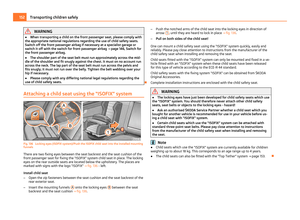 154
154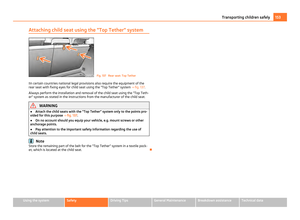 155
155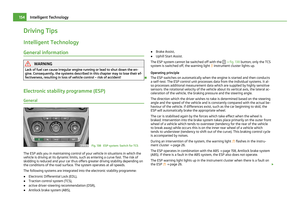 156
156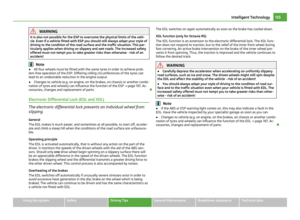 157
157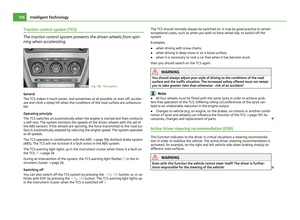 158
158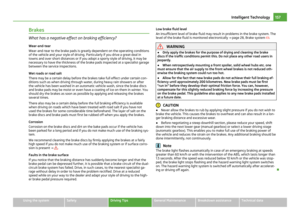 159
159 160
160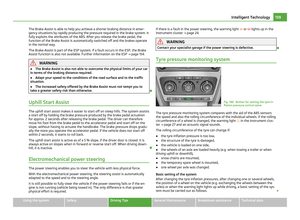 161
161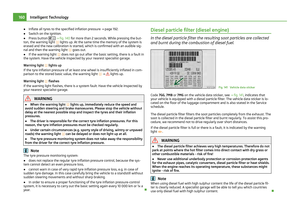 162
162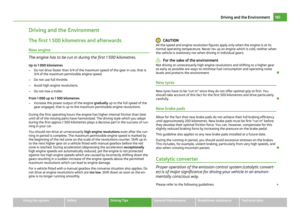 163
163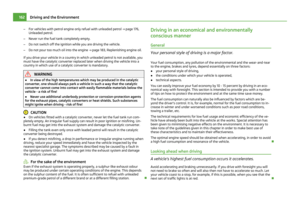 164
164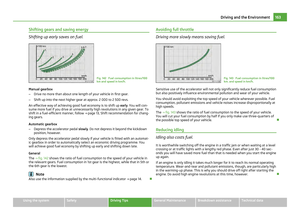 165
165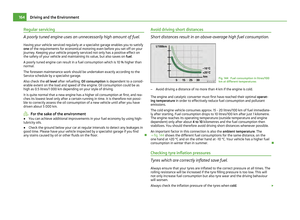 166
166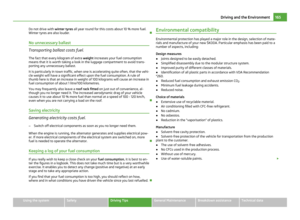 167
167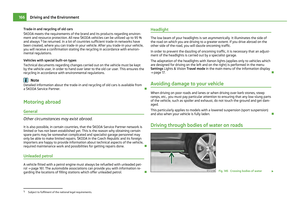 168
168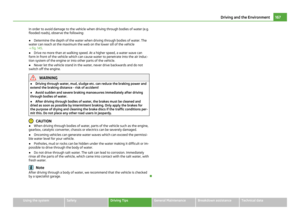 169
169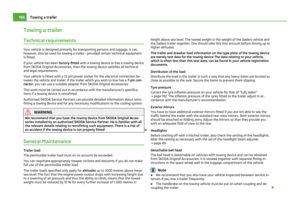 170
170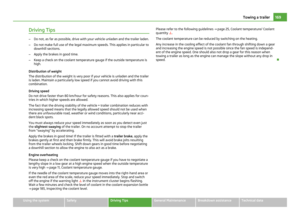 171
171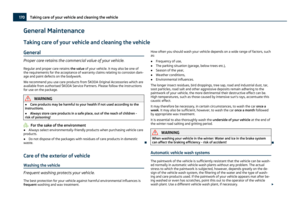 172
172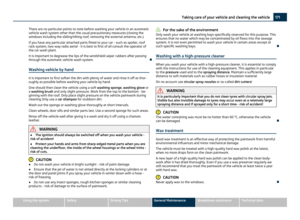 173
173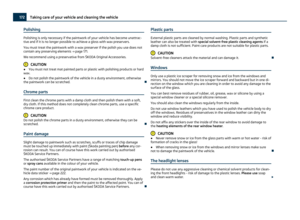 174
174 175
175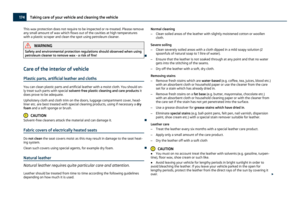 176
176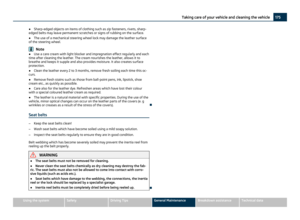 177
177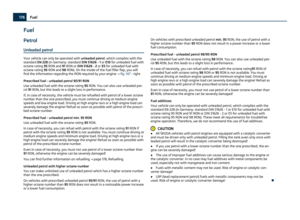 178
178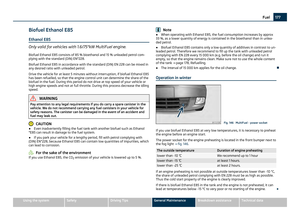 179
179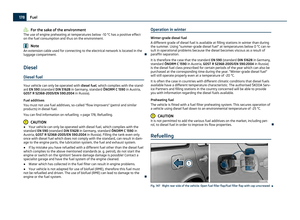 180
180 181
181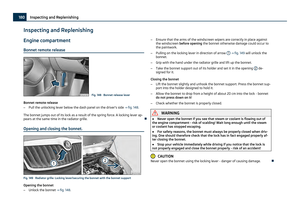 182
182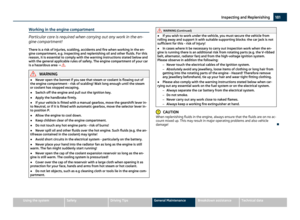 183
183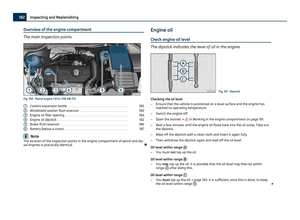 184
184 185
185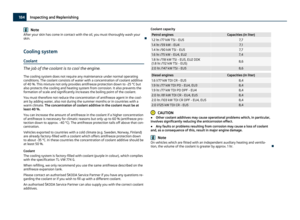 186
186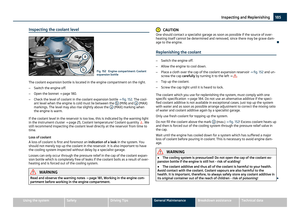 187
187 188
188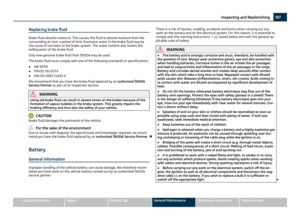 189
189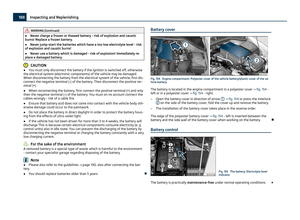 190
190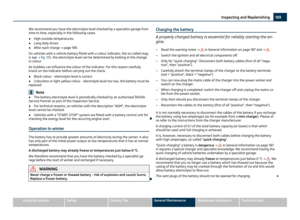 191
191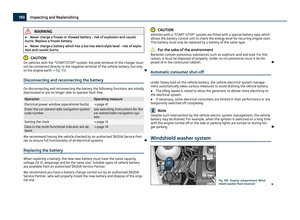 192
192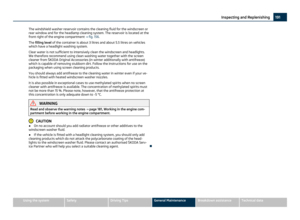 193
193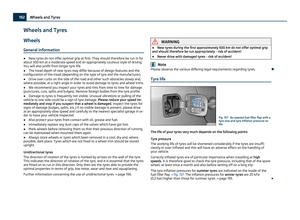 194
194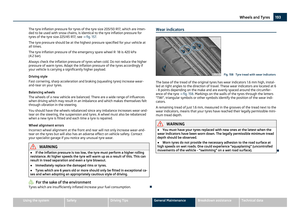 195
195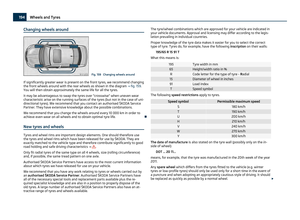 196
196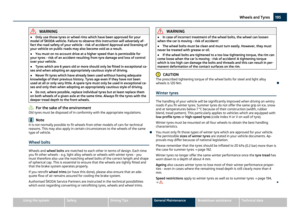 197
197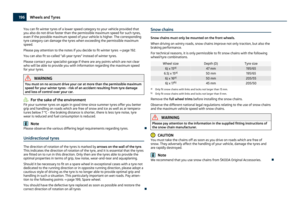 198
198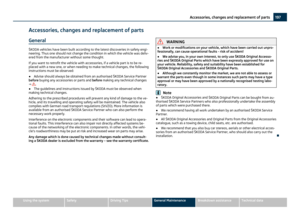 199
199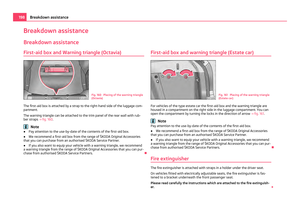 200
200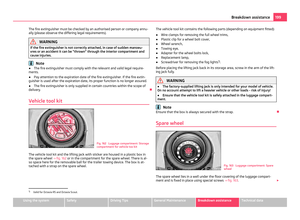 201
201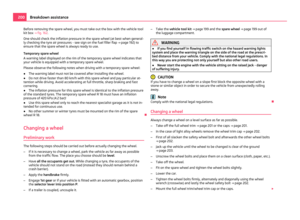 202
202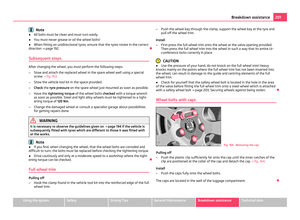 203
203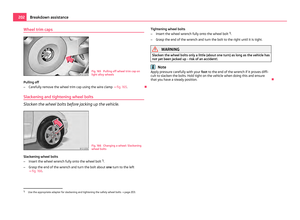 204
204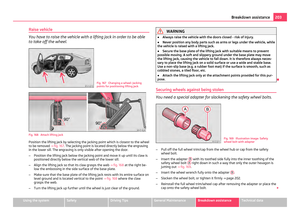 205
205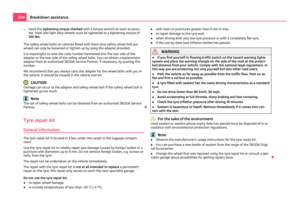 206
206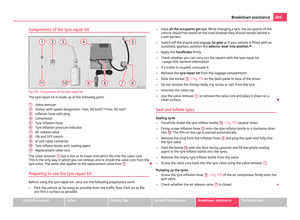 207
207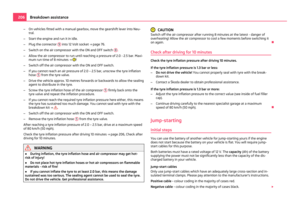 208
208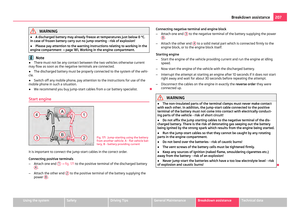 209
209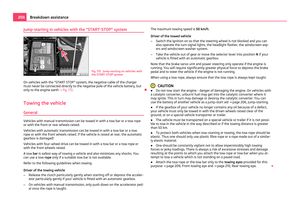 210
210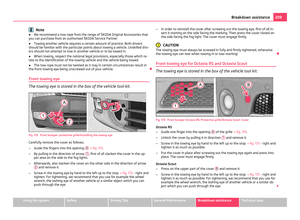 211
211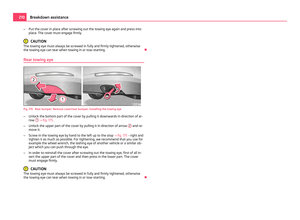 212
212 213
213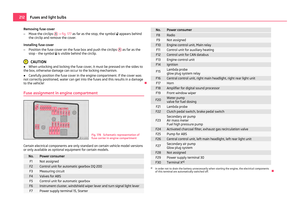 214
214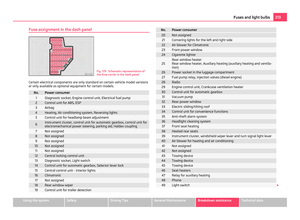 215
215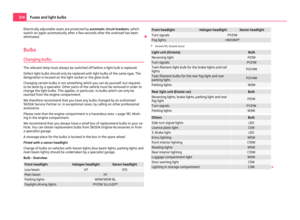 216
216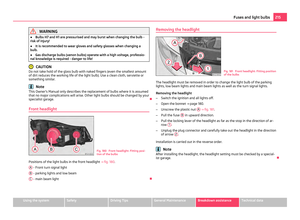 217
217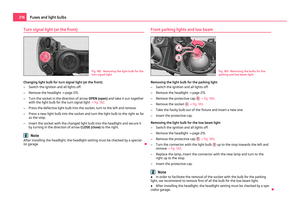 218
218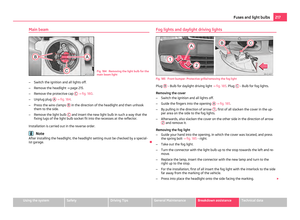 219
219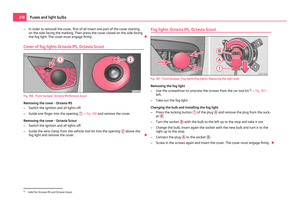 220
220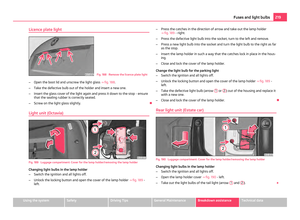 221
221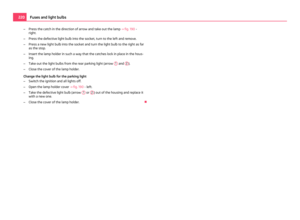 222
222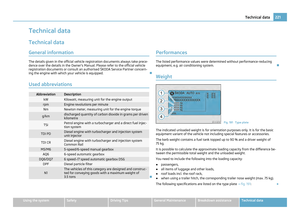 223
223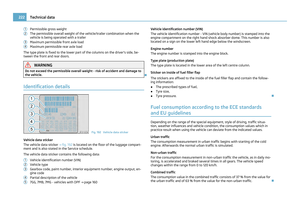 224
224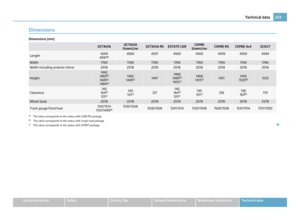 225
225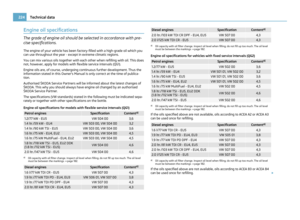 226
226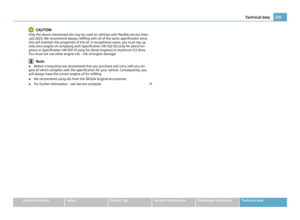 227
227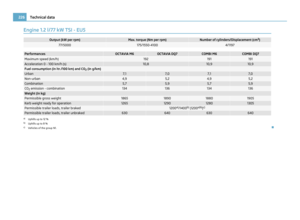 228
228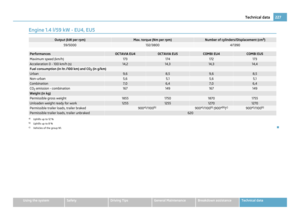 229
229 230
230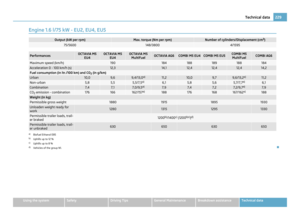 231
231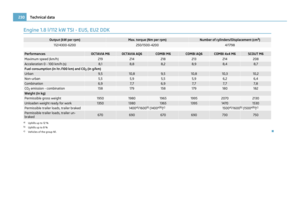 232
232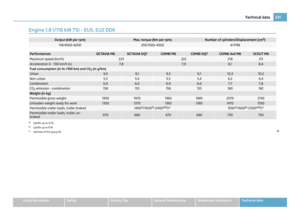 233
233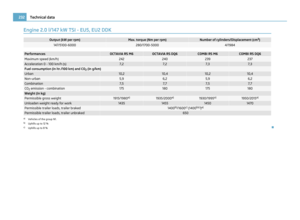 234
234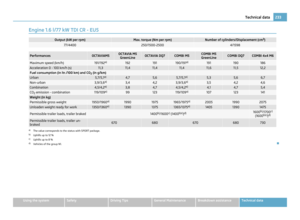 235
235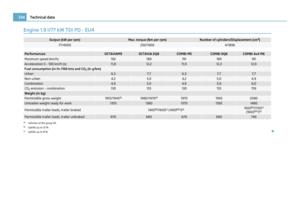 236
236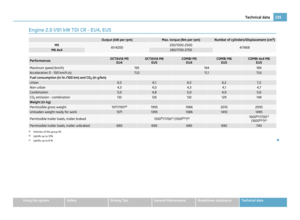 237
237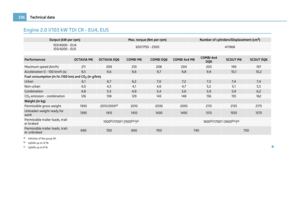 238
238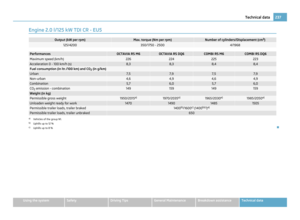 239
239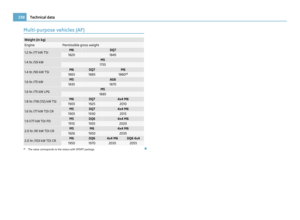 240
240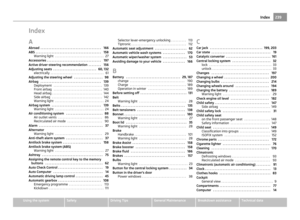 241
241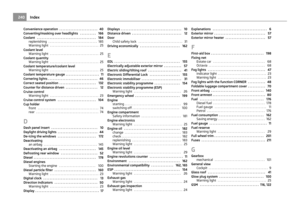 242
242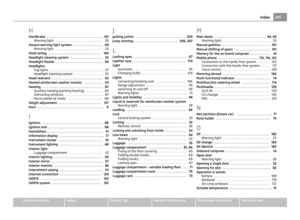 243
243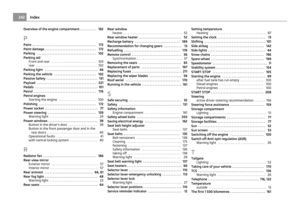 244
244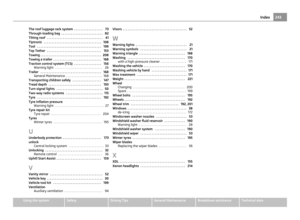 245
245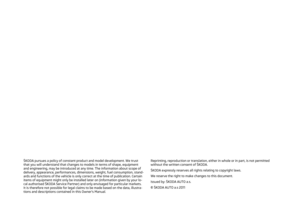 246
246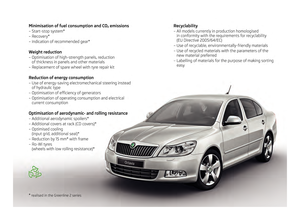 247
247






